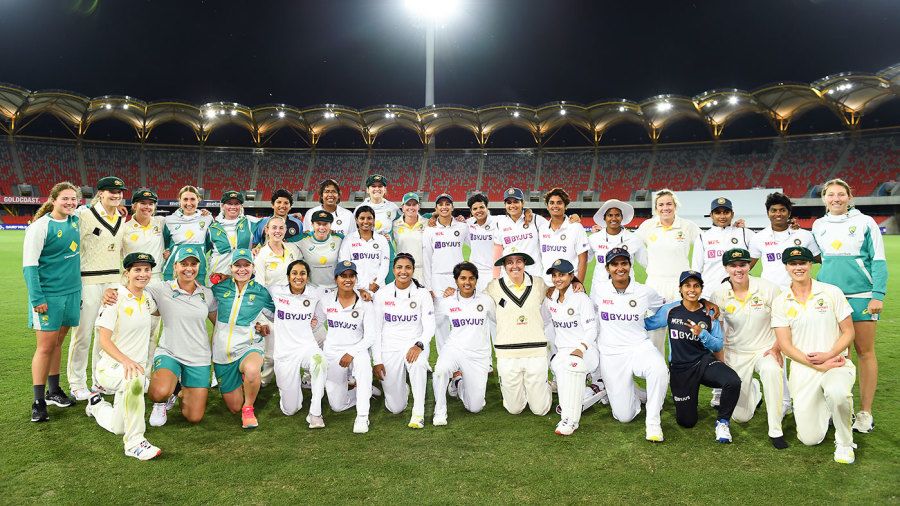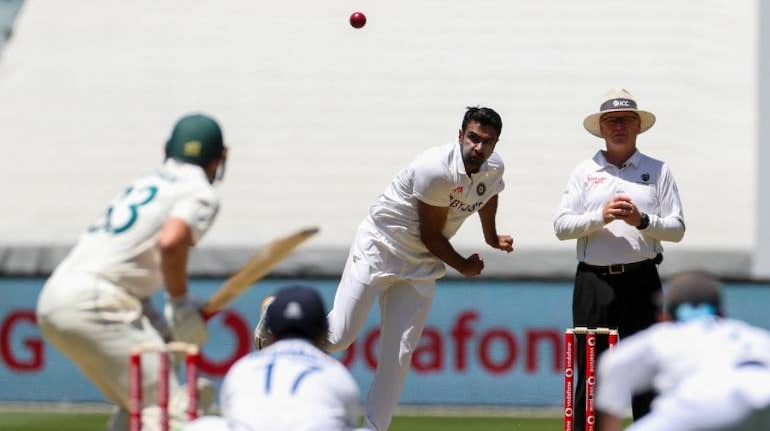ICC and MCC
ICC may be the controller of the game, but how can they control it? There must be certain rules and regulations to follow. Only by following the rules, they can control the game. Cricket is an exciting game when played within the Spirit of the cricket. Like respect for captains, teammates, opponents, umpires, authorities, fair play. Also includes respecting the umpire’s decision, creating a positive environment of self-discipline.


The laws of the game weren’t created by ICC. It was written and owned by a private club MCC ( Marylebone Cricket Club – The Birthplace Of Cricket? ) in 1788 seven times rules were changed based on the need of the game. There are 42 main laws in cricket.
Common Rules
A match is played between two teams consisting of eleven players, one will be the captain from each side.


Before the start of the match, two umpires will be appointed by ICC, one at the non-striker’s end, and the other at the square leg. Two umpires will umpire the match by law and make decisions with absolute impartiality.
The scorecard is made by two scorers who shall be elected to record all runs scored, wickets taken and overs bowled.
Balls to be used in the match, having been determined by the umpires, before the toss and shall remain under their control throughout the match.
The bat is basic to hit the ball, the bat consists of two parts: blade and handles.
Playing conditions
The pitch is a rectangular region in the ground with 22 yards/20.12 m in length and 10 ft/3.05 m in width.

The positions of a bowling crease shall be 8 ft 8 in/2.64 m in length.
Two sets of stumps are pitched opposing and similar to each other in the centers of the bowling creases.
Pitch may be rolled at the request of the captain of the batting side, not more than 7 minutes.
Responsibility of the Ground Authority may include full coverage of ground if required.
Scheduled breaks for meals, lunch, drinks and between the innings.
The bowler’s end umpire calls Play before the first ball of the match and on the resume of play after any interval or pause.
Match consists of one or two innings based on the overs of the game.
Test matches
In a test match, the side that bats first and gets leads by at least 200 runs have the option to impose the opponent to follow their innings.


The captain of the side batting may declare at any time during the innings. A declared innings shall be considered to be a completed inning.
The team which scores more runs than the other will be the winner of the match based on the game they play.
6 balls per over are bowled.
Team runs are scored by the batsman like boundaries, singles, and penalty runs.
Umpires determine the boundary of the field of play.
Once the ball is dead, no runs can be scored and batsmen can’t be dismissed.
No balls & other extras in Cricket


When the bowler’s elbow is bent while releasing the ball, bowling above the hip level. And bowling the ball underarm and also stepping over crease the line is said to be no-ball.
The wide ball is given by the umpire’s opinion the ball passes the return crease. The wide is given as a batter can’t reach the ball and hit after a certain width from his stance.
If the ball passes the striker without touching the batsman and runs completed by the batters from that delivery, or a boundary scored, shall be credited as Byes to the batting side. Byes are counted only in team total and not in batter’s account as he/she had no involvement.
Player rules
Umpires allow substitute players in case of a nominated player getting injured or other reasons.
The selected player will be a batter or a runner
No practice on the field especially on the matchday
The wicketkeeper is placed behind the striker of the ball, the only person to wear gloves and leg pads for protection.
Fielders placed in various parts of the ground are not allowed to wear any protective equipment other than wicketkeepers, only with the concern of umpires fielders can use tapes or band-aids in the fingers.
Wicket


Wicket put down is considered only when the bail comes up from the stump which is hit by the ball.
A batter is deemed to be out of his ground unless some part of his body or bat is grounded behind the popping crease.
Unless the bowler or bowling team appeals, umpires will not signal his decision.
The striker is out Bowled if his wicket is taken by the bowler, even if it first touches the striker’s bat or person.
When the fielder takes the fair catch which is hit by the batsman is considered caught.
hitting the ball twice to avoid the ball falling to the stumps is not considered out.
If a batsman body or bat hits the stumps with or without knowing it is considered out and called a hit wicket.
If the bowler hits the pads of the batsman in the stump line it is LBW and given out.
Obstructing the field on purpose is considered out, to avoid injury it may be considered.
When the batsman is unable to cross the popping crease while the ball is in play is said to be run out
If a striker’s foot is not beyond the line of popping crease and the ball was collected and hit in the stumps by the wicketkeeper.
Within 3 minutes the next batsman should enter the ground after the fall of a wicket or retired hurt.
Fair play or Spirit of cricket
Captains are responsible for unfair play. He should maintain the spirit of cricket shown in the law.
Player unacceptable conduct will be decided by umpires on the ground.
Read more :
Diversity In Indian Cricket And Heritage Of Cricket In General In Indian States
Highest Wicket-Taker For Team India In Test Cricket
Women’s Cricket – A Poorly Marketed Sport? And Everything You Want To Know!
